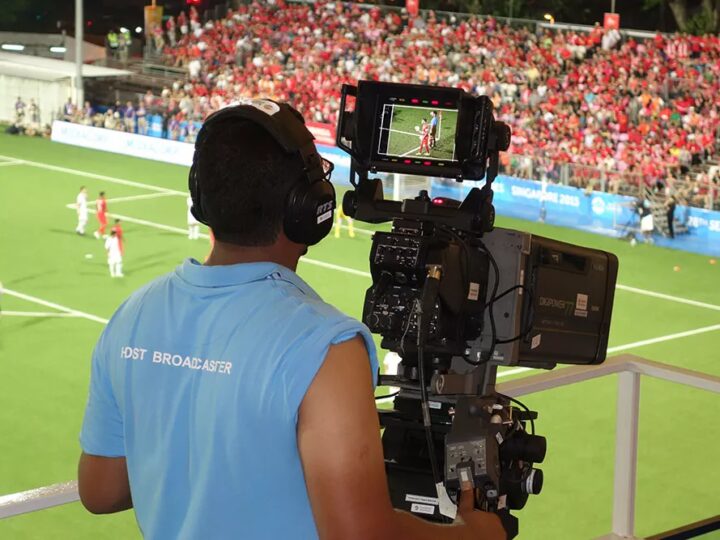The Early Innings – Radio Broadcasts
On August 5, 1921, KDKA, a Pittsburgh-based station, broadcast a game involving the Pirates and Phillies. It was the start of a whole new era of sports entertainment. Fans could now follow their favorite players and teams from the comforts of their own homes. Radio broadcasts were a big part of baseball, and iconic announcers such as Mel Allen and Red Barber became household names.
The Television Revolution
In the 1950s, MLB games were broadcast on television. This forever changed the landscape of sports broadcasting. The fans could see the crack of the baseball bat and the roaring of the crowd live, which brought them closer than ever to the action. “Game of the Week”, a television staple that showcased the best matches and introduced fans to the biggest stars in the sport, became an iconic broadcast MLB중계
.
Color television enhanced the viewing experience by allowing viewers to see the vivid green of outfield grass as well as the distinctive colors of uniforms. Instant replays and graphics on screen were introduced, allowing for a dynamic and informative broadcast.
The Digital Era – Internet and Streaming
MLB broadcasts moved into a digital age as technology advanced. With the advent of streaming services and the internet, fans have new ways to consume content. MLB.tv was launched in 2002 and allowed subscribers to view live games online. This broke down geographical barriers, giving fans unprecedented access.
The viewing experience was transformed by interactive features such as multiple camera views, in-game statistics, and integration with social media. The broadcasts could be customized by fans, who chose the elements they cared about most. Mobile apps have further enhanced accessibility by allowing fans to follow matches on the move.
Virtual Reality and Augmented Reality
Virtual reality (VR), and augmented reality, (AR), have been making their mark in MLB broadcasts over the past few years. VR technology gives fans the feeling of being in the stands, or even on the playing field. This immersive experience is unlike any other. AR overlays information in real-time on the screen to enhance the viewer’s experience of the game. This includes statistics, player profiles, and interactive elements.
Broadcasting of the Future
The future of MLB broadcasting is full of exciting possibilities. Artificial intelligence (AI), which is a new technology, could allow for personalized broadcasts that are tailored to the preferences of each fan. Holographic displays could bring players to living rooms and create a truly immersive environment. In addition, 5G innovations could allow real-time interaction, allowing viewers to interact with the broadcast team and each other seamlessly.
Conclusion:
MLB broadcasts evolved from the crackling, early 20th-century radio waves to the immersive high-tech experiences we have today. The goal of each innovation has been to engage fans with the game in a new way. The future will bring even more exciting developments to the world of MLB broadcasts as technology advances. This will ensure that America’s favorite pastime is at the forefront of sporting entertainment. MLB broadcasts continue a winning streak in capturing fans all over the world, whether they are listening to the radio, watching the game on TV, or even experiencing it in virtual reality.





